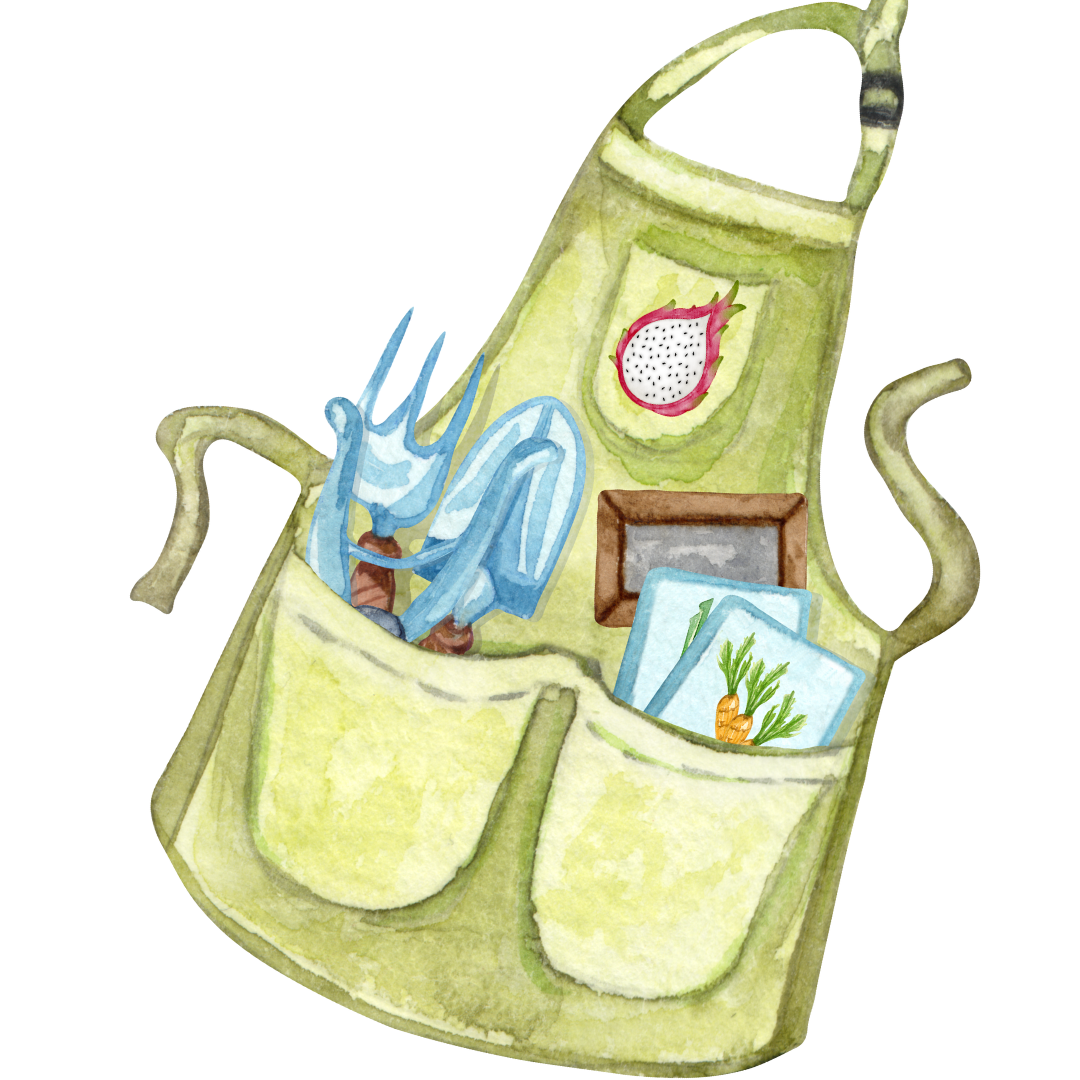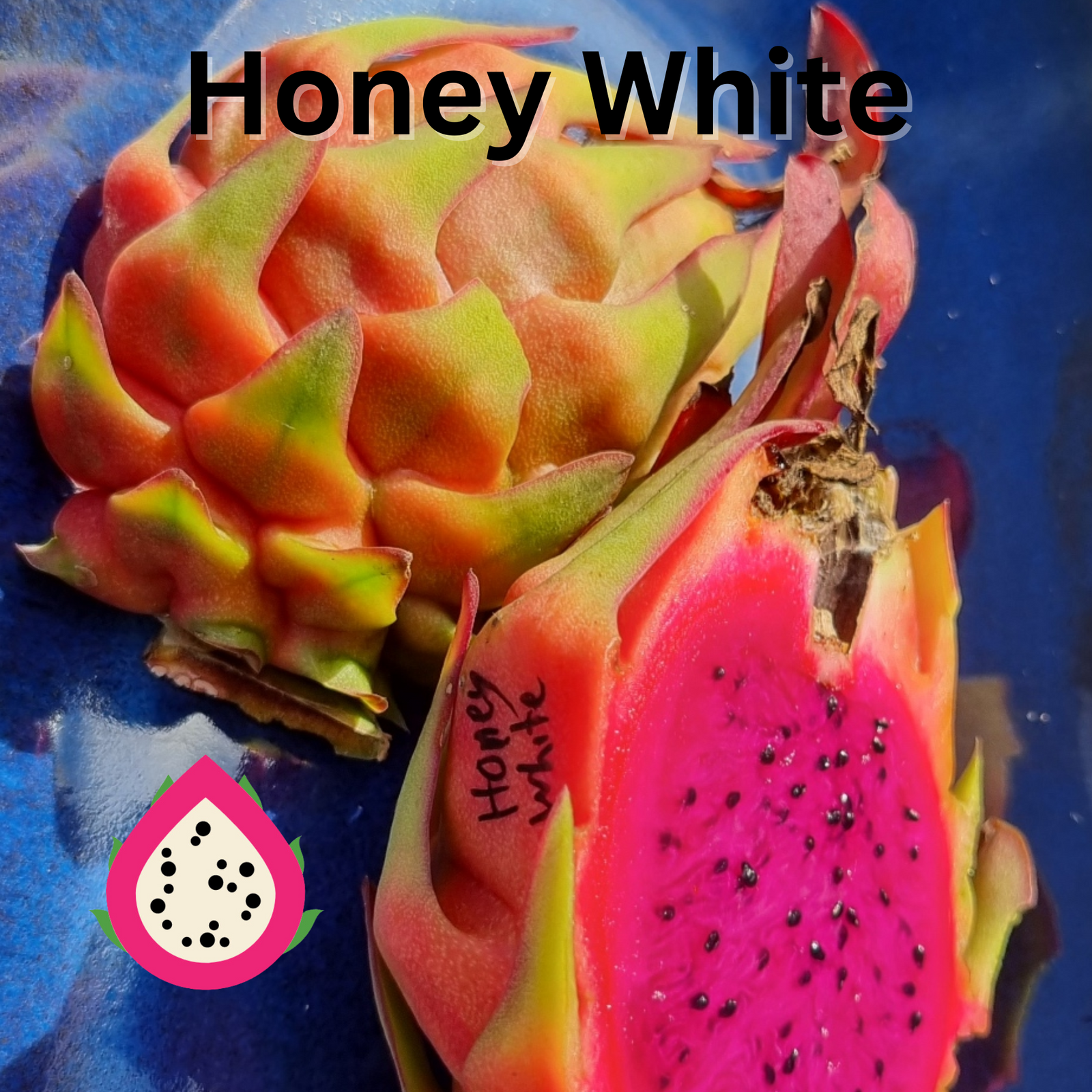Maturity and Quality

Maturity Indices
Dragon fruit are typically harvested when they are near full ripeness, as they do not ripen further after being picked. As the fruit matures, changes occur:
- Skin color shifts to red or yellow.
- Total soluble solids (TSS) increase, indicating peak sweetness.
- Titratable acidity (TA) and flesh firmness decrease.
The common maturity indicators include:
- Days after flowering: Harvest is usually 27 to 33 days after flowering, depending on the cultivar and growing conditions.
- Skin color intensity: The red or yellow color becomes more vibrant as the fruit ripens.
Quality Indices
Top-quality dragon fruit are evaluated based on:
- Fruit size and uniformity.
- Skin color: Red, purple, or yellow, depending on the species.
- Absence of defects: This includes avoiding insect damage, skin splitting, mechanical injuries, chilling damage, water loss, or decay.
The flesh may be white (Hylocereus undatus) or various shades of red (Hylocereus polyrhizus), depending on the variety. The ideal fruit is firm with fleshy and green bracts.
Postharvest Handling and Storage
-
Optimum Temperature:
- Red pitaya (Hylocereus undatus and H. polyrhizus): 10°C (50°F)
- Yellow pitaya (Selenicereus megalanthus): 6°C (43°F)
-
Respiration Rate: 41-79 ml CO2/kg.h at 20-23°C (68-73°F)
-
Ethylene Response: Dragon fruit ripening is independent of ethylene, and ethylene treatment does not affect fruit color development.
-
Non-climacteric: Dragon fruit are classified as non-climacteric fruits. This means that, unlike climacteric fruits (such as bananas, mangoes, or tomatoes), dragon fruit do not continue to ripen after being harvested.
For climacteric fruits, there’s a significant spike in ethylene production and respiration during ripening, which triggers continued ripening after harvest. Non-climacteric fruits like dragon fruit, however, don't exhibit this spike in ethylene, so they remain at the same ripeness stage they were in when picked.
-
Optimum Relative Humidity: 85-90% to reduce water loss and maintain fruit quality.
-
Modified Atmosphere Storage: Storing dragon fruit in bags with a low oxygen transmission rate at 10°C (50°F) can minimize dehydration, reduce scale wilting, and maintain greener scales. However, the benefit is partly due to increased relative humidity within the bags.
Disorders
Physiological and Physical Disorders:
-
Chilling Injury: Can develop at temperatures of 5-6°C (41-43°F), leading to flesh translucency, softening, wilting, browning, and poor flavor. Early harvesting increases sensitivity to chilling.
-
Mechanical Injury: Skin abrasions and compression damage can cause water loss, leading to shriveling. Careful handling and protective packaging are essential to minimize this.
-
Water Loss: Dragon fruit is highly susceptible to dehydration. Weight loss occurs at a rate of:
- 0.1% per day at 5°C (41°F)
- 0.3% per day at 10°C (50°F)
- 2.6% per day at 20°C (68°F)
Perforated plastic bags can help reduce weight loss by maintaining higher relative humidity around the fruit.

Pathological Disorders:
-
Anthracnose: Caused by Colletotrichum gloeosporioides, it appears as reddish-brown lesions on the fruit.
-
Other Decays:
- Stem rot caused by Xanthomonas campestris.
- Brown spots due to Dothiorella sp. and Monilinia fructicola.
- Other fungal pathogens: Fusarium spp. and Aspergillus spp.
Quarantine Treatment
Hot air treatment at 46.5ºC (116ºF) for 20 minutes can help control fruit fly infestations.
Control Strategies
To minimize postharvest issues, focus on:
- Reducing physical injuries during harvest and handling.
- Implementing proper sanitation practices.
- Managing temperatures effectively.
- (2023)Currently there is no with holding time with the use of pesticides on dragon fruit but this is currently being investigated.









